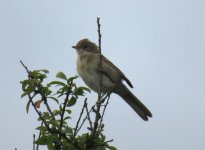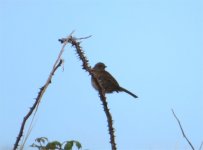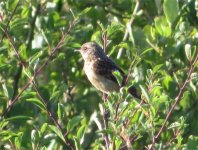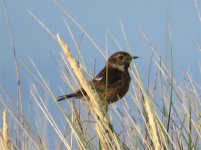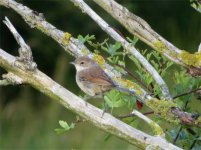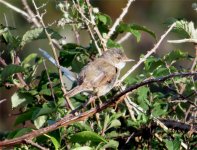marnixR
WYSIWYG
attached pictures of five different LBJs seen earlier today in the north-eastern corner of the Gower peninsula between Broughton Burrows and Whiteford Burrows, an environment dominated by vegetated dunes
as per usual i'm totally at sea as to what type of passerine they could be
any help in identifying them (if the pictures are up to scratch) would be appreciated
as per usual i'm totally at sea as to what type of passerine they could be
any help in identifying them (if the pictures are up to scratch) would be appreciated




